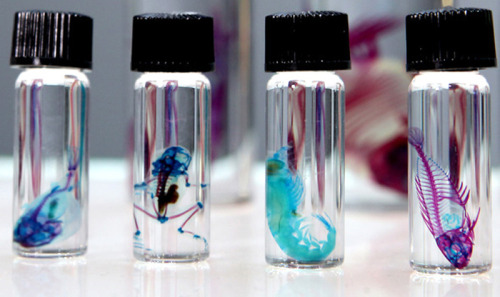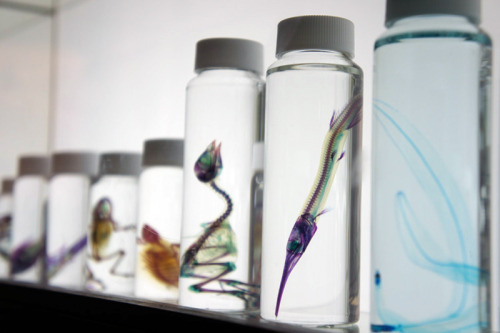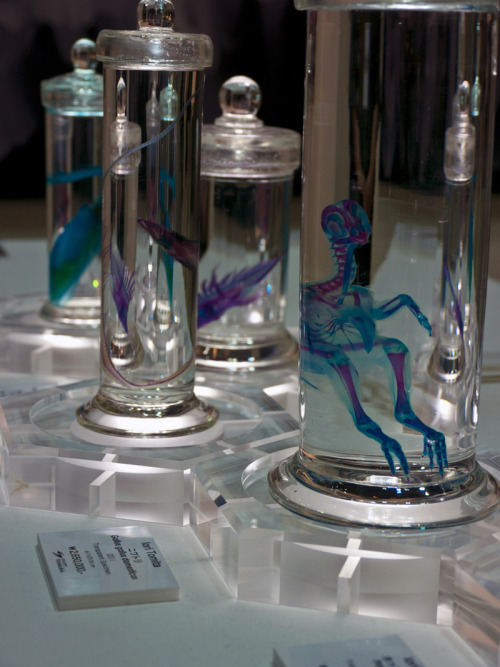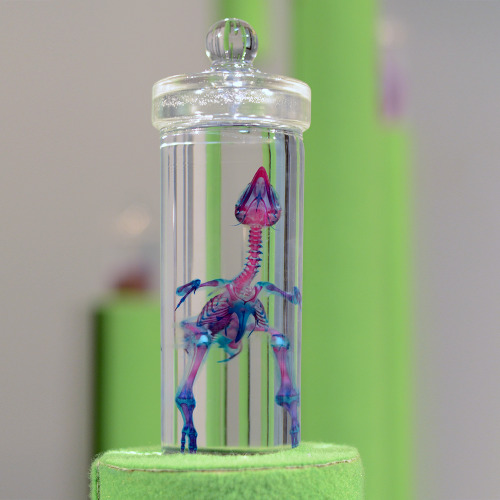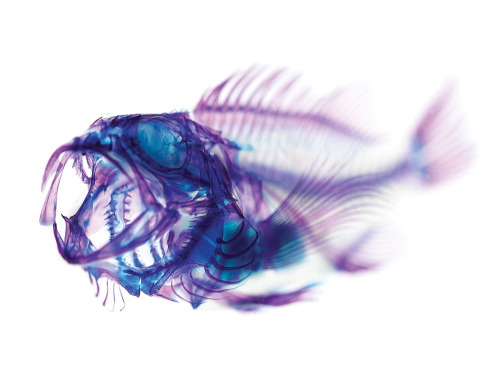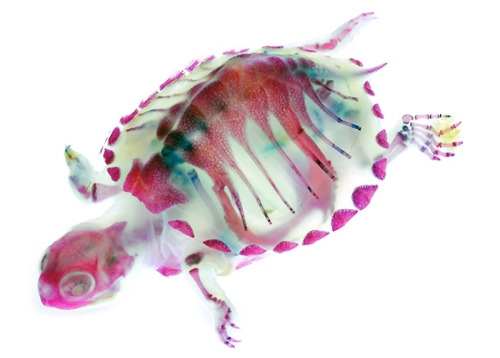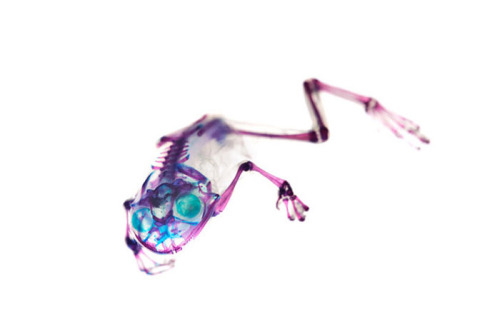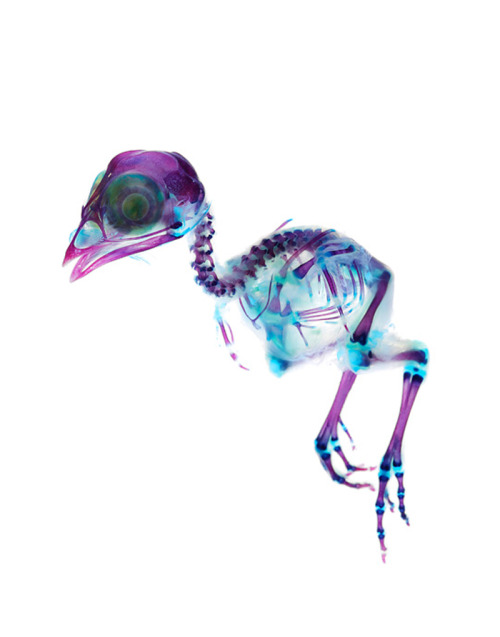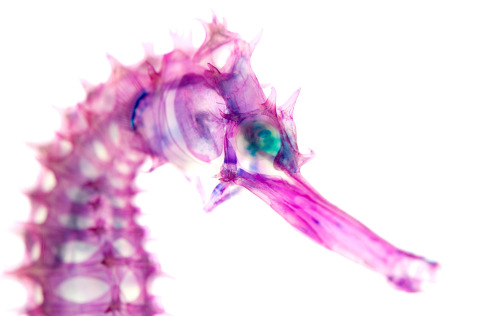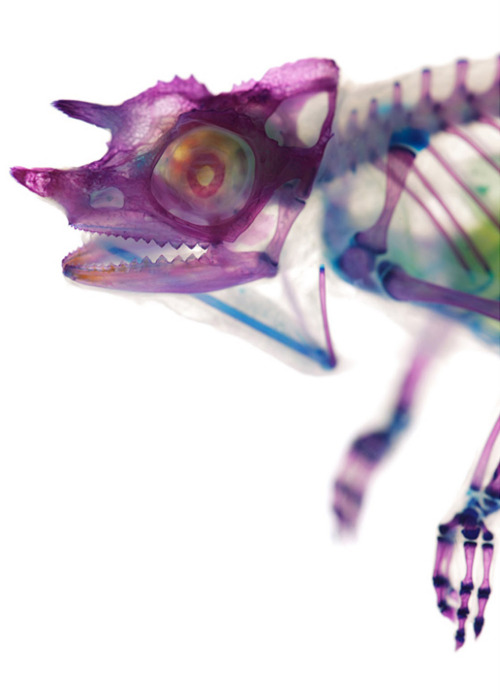Artists Impression Of ‘Hot Jupiter’ Exoplanets.

Artists impression of ‘Hot Jupiter’ exoplanets.
Credit: NASA, ESA, D Sing
More Posts from Saients and Others
some of my favourite absolutely SICK facts about the trappist-1 exoplanets: - theyre all very close to one another and to their star, so the length of a year on them varies from 1 to 20 DAYS - since they’re so close, the star appears a lot bigger than our sun from earth, and from one planet you could easily see the rest, some would even appear bigger than the moon from earth. you could literally see the surface of another planet with the naked eye!!! - they’re probably tidally locked to their star like our moon is locked to earth, meaning only one side of a planet ever faces the star, and on the other side it’s always night. the sun never sets or rises on any of the planets - the star is red, so the sunlight is red/orange, meaning if, for example, plants were to grow there, they could be black and that’s just what we know now, imagine how much cool stuff we have yet to discover about the trappist-1 system
A-Z GEMSTONES

BLUE TOURMALINE
Blue Tourmaline strengthens communication skills and psychic awareness. Assists in relating to others lovingly. Helps to live in harmony with your environment. Guides us into service. Tourmaline clears negative emotions and thoughts and opens us to joy and honesty. Aids in the receptivity of inspiration, to flow into the mind. Radiates light protection for wearer.
Blue Tourmaline (Indicolite) Gemstone Meaning:
Blue Tourmaline, also called indicolite or indigolite, is a very rare and special kind of tourmaline. The word Indicolite is derived from the Latin word, meaning ‘indicum plant’. The soothing blue color promotes a calming effect, and offers relief from stress. Blue Tourmaline brings joy and happiness. It promotes harmony, tolerance and kindness.
Some Uses Are: to develop psychic gifts to open doors and communication with the spiritual realm to facilitate deep meditation to better explore and understand past lives
Combine Blue Tourmaline with these stones: Blue Kyanite, Lapis Lazuli, Aqua Aura, Sodalite
Chakras: Third Eye, Throat Astrological sign: Leo Element: Water Element, Wind Element

BROWN TOURMALINE (DRAVITE)
Dravites or Dravide are excellent for grounding, clearing and opening the connection between the Earth and your body. It protects and shields from negativity that may be directed towards or surrounding you. This Tourmaline brings peace when in a large group and helps with healing in dysfunctional family dynamics. Brown Tourmaline clears your auric field, opening the path for the aligning your energies to its optimum. Plants love Dravite and seem to flourish in its presence.
Dravite (Champagne Tourmaline) Meaning:
Dravite is a brown variety of Tourmaline. It is an ideal stone for self-healing, aids in finding emotional strength and self-acceptance. Dravite inspires courage and persistence. It calms and soothes, grounding and stabilizing the inner self. Use Dravite with these compatible stones to clear and ground the root chakra and provide psychic protection: Black Tourmaline Jet Black Obsidian Smokey Quartz
Chakras: Heart Chakra, Root Chakra Astrological sign: Aries Color: Deep golden brown Element: Earth, Storm Energies: Power, Love

The tail of a 99-million-year-old dinosaur, including bones, soft tissue, and even feathers, has been found preserved in amber, according to a report published today in the journal Current Biology.

A micro-CT scan of the delicate feathers that cover the dinosaur tail. Image: Lida Xing.
While individual dinosaur-era feathers have been found in amber, and evidence for feathered dinosaurs is captured in fossil impressions, this is the first time that scientists are able to clearly associate well-preserved feathers with a dinosaur, and in turn gain a better understanding of the evolution and structure of dinosaur feathers.
We clearly need a new Jurassic Park movie featuring cute feathery dinosaurs.

A reconstruction of a small coelurosaur Credit: Chung-tat Cheung

The origin of the universe was not by a singularity, since in a singularity, the laws of nature are not valid or do not exist,

Stepping on Lava
GIF made by Sixpenceee. Original video via YouTube.
Planets i learned about via youtube while procrastinating my english essay
Planet 55 Cancri e is basically a giant diamond. like the planet is a diamond. and it would be worth $26.9 nonillion
Planet Gliese 436 b is an ice planet that is constantly on fire do to its close proximity to its parent star. the ice doesn’t melt bc the planet’s gravity is so strong it physically prevents the ice from melting
Planet HD 189733b rains sideways glass…. constantly
Planet J1407-B has planetary rings that are 200x the size of saturn. if saturn’s ring were as big as J1407-B’s we’d be able to see them with our naked eye from earth AND they would dominate our sky and look larger than a full moon
Planet Wasp-12b rotates so close to its parent star that its slowly being consumed by the it
Planet Gliese 581c is one of the candidates for a planet that can support life however it orbits a tiny dwarf star and is tidally locked so one side is constantly subject to immense sunlight while the other is constantly in darkness. there’s a small area of the planet however, that is just the right temp to support life. u just can’t step out of said area. the skies are red and the plants would have be a black color instead of a green bc they would use infrared light for photosynthesis. (a message was actually sent to the planet in 2008 in hopes that there’s life on the planet but the message wont reach the planet until 2029).
Planet GJ 1214b is a water planet nicknamed “water world” is has no land at all and the water is so deep it goes down miles all the way to the planet’s core.
Planet Wasp-17b is the largest planet discovered thus far. its so large its existence contradicts our understanding of how planets are formed. and it has a retrograde orbit, so it orbits in the opposite direction of its parent star.
Planet HD 188753 has 3 suns you should have triple shadows and there would be almost daily eclipses. and no matter which direction u face on the planet u would always see a sunset
Planet HD106906b is the loneliest planet discovered thus far. its known as “super jupiter” bc its 11x bigger than jupiter. it orbits its parent star at a distance of 60 billion miles (which is v strange) hence why its the loneliest planet.
Planet Tres 2b is the darkest planet known. it reflects less than 1% of light (it reflects less light than coal and black acrylic paint). the tiny part of the planet that does reflect light is red making the planet glow a dim red.
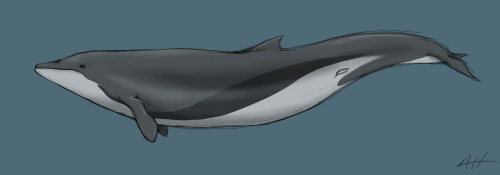
As a paleo-artist, one of my biggest pet peeves are prehistoric whales reconstructed not as whales but as sinewy, snarling, shrink-wrapped marine reptiles. It’s just not a plausible reconstruction, even if it’s highly speculative, and it paints an incorrect image in the public eye. Granted, this is a struggle I’ve exlpored in all forms of paleo-art and reconstructive illustration. But the whales have really been getting to me recently.
Here are some recontructions of Basilosaurus, if you don’t know what I mean (one by Karen Carr, the other by an artist I could not determine):


These snakey, reptilious reconstructions may stem from the fact that Basilosaurus, one of the first early cetaceans to be found, was believed to be a reptile when first discovered (hence the name). Maybe we simply haven’t fully shaken that mindset.
But still! Even the damn Smithsonian, which has such a wonderful collection of ancient cetaceans, is at fault in this:

Don’t even get me started on their recently-closed dinosaur hall. Thank the lord they’re finally renovating that dated piece of crap.
I have struggled to find a way to reconstruct these animals so that they are just a little bit more believeable. Up top I’ve done a really really quick sketch of Dorudon. I tried to not only make its body more streamlined and whale-like (because Dorudon has a lovely, almost but not quite modern-looking skeleton), but I also tried to give it markings similar to what we find on modern cetaceans for camouflage. Because hey, who’s to say they didn’t have ‘em? I tried to make them familiar but not directly copied from any modern species.
Aaaaand end rant.
-
 animasmagic liked this · 8 months ago
animasmagic liked this · 8 months ago -
 museointernacionaldelodio liked this · 2 years ago
museointernacionaldelodio liked this · 2 years ago -
 nealmcclure liked this · 4 years ago
nealmcclure liked this · 4 years ago -
 austickyheartsystem reblogged this · 4 years ago
austickyheartsystem reblogged this · 4 years ago -
 barclamiu liked this · 4 years ago
barclamiu liked this · 4 years ago -
 nightlonging liked this · 5 years ago
nightlonging liked this · 5 years ago -
 borealhauntings liked this · 5 years ago
borealhauntings liked this · 5 years ago -
 myfuturafree-blog liked this · 5 years ago
myfuturafree-blog liked this · 5 years ago -
 wertmnm-blog liked this · 5 years ago
wertmnm-blog liked this · 5 years ago -
 bloop-a-loop liked this · 5 years ago
bloop-a-loop liked this · 5 years ago -
 punk-drummer-chic liked this · 5 years ago
punk-drummer-chic liked this · 5 years ago -
 dork-empress reblogged this · 5 years ago
dork-empress reblogged this · 5 years ago -
 ieechdaddy liked this · 5 years ago
ieechdaddy liked this · 5 years ago -
 yellowmagicalgirl reblogged this · 5 years ago
yellowmagicalgirl reblogged this · 5 years ago -
 fabfuta1234 liked this · 5 years ago
fabfuta1234 liked this · 5 years ago -
 ammon-rah liked this · 5 years ago
ammon-rah liked this · 5 years ago -
 joeblack999 liked this · 5 years ago
joeblack999 liked this · 5 years ago -
 bennasar liked this · 6 years ago
bennasar liked this · 6 years ago -
 weregretnothing reblogged this · 6 years ago
weregretnothing reblogged this · 6 years ago -
 motion505 liked this · 6 years ago
motion505 liked this · 6 years ago -
 psychedelicladybean reblogged this · 6 years ago
psychedelicladybean reblogged this · 6 years ago -
 coffeecat5654 reblogged this · 6 years ago
coffeecat5654 reblogged this · 6 years ago -
 coffeecat5654 liked this · 6 years ago
coffeecat5654 liked this · 6 years ago -
 starpocketsfilled liked this · 6 years ago
starpocketsfilled liked this · 6 years ago -
 cookies-and-berries liked this · 6 years ago
cookies-and-berries liked this · 6 years ago -
 scrycrystal liked this · 6 years ago
scrycrystal liked this · 6 years ago -
 distinguishedgentlemenduck liked this · 6 years ago
distinguishedgentlemenduck liked this · 6 years ago -
 nothisacrayon liked this · 6 years ago
nothisacrayon liked this · 6 years ago -
 mostafa18xl reblogged this · 6 years ago
mostafa18xl reblogged this · 6 years ago -
 mostafa18xl liked this · 6 years ago
mostafa18xl liked this · 6 years ago -
 gakittajp liked this · 6 years ago
gakittajp liked this · 6 years ago -
 princessbiersack069 liked this · 6 years ago
princessbiersack069 liked this · 6 years ago -
 yxcvbnm666 liked this · 6 years ago
yxcvbnm666 liked this · 6 years ago -
 subcutaneous-transponder liked this · 6 years ago
subcutaneous-transponder liked this · 6 years ago -
 wishesofeternity liked this · 6 years ago
wishesofeternity liked this · 6 years ago -
 kenjikidos reblogged this · 6 years ago
kenjikidos reblogged this · 6 years ago
Stardate: 2258.42...or, uh, 4... Whatever. Life is weird, at least we've got science.
75 posts

